13 Fun Facts You Didn't Know About Turkeys
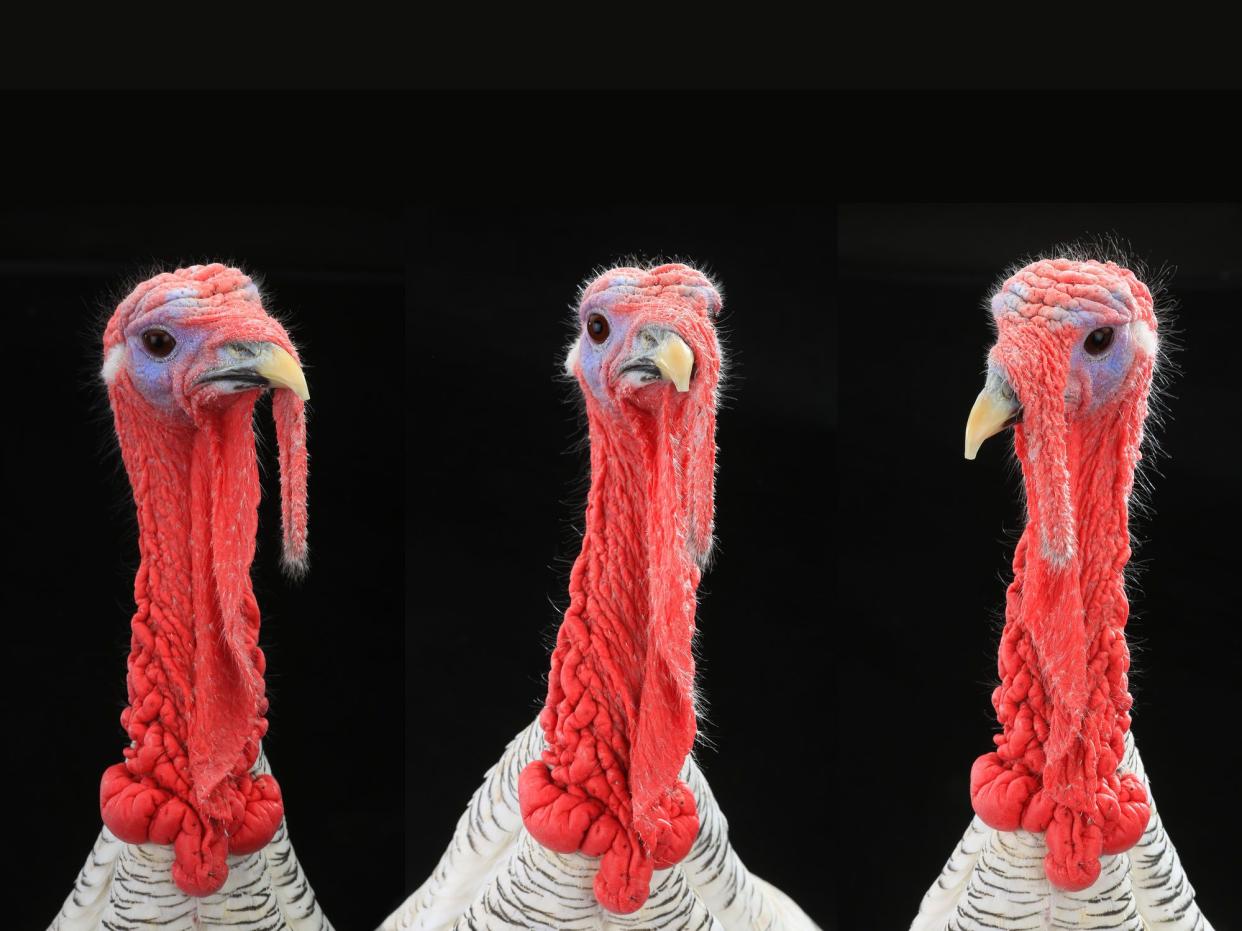
Fowl Facts
On Thanksgiving, most Americans are concerned about two things when it comes to the turkeys they eat: golden brown on the outside, juicy on the inside. Turkeys are undeniably delicious, but there’s much more to these highly social and infinitely interesting animals. Here are just a few insights into the wild world of turkeys.
Related: 20 Things You Didn't Know About Apples
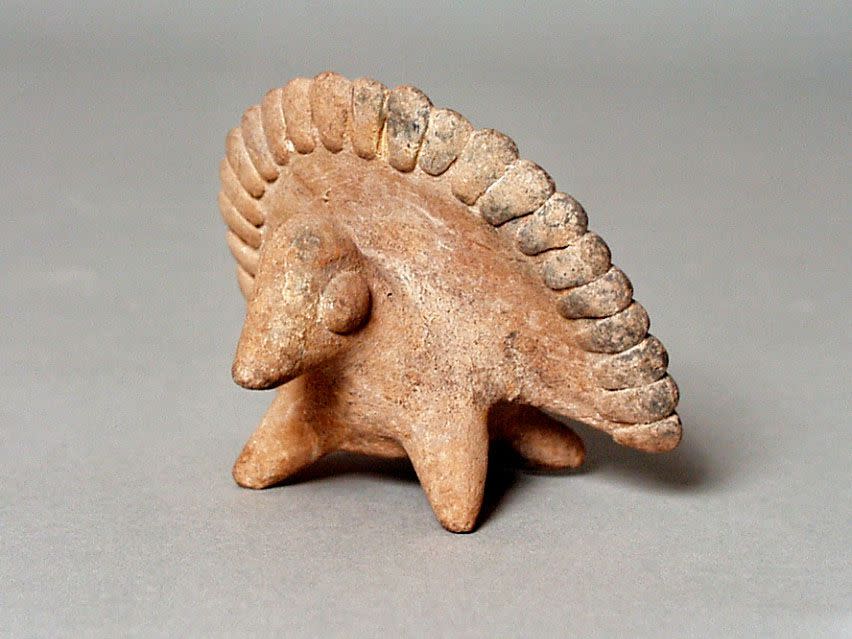
The Turkey-Human Relationship Is Very Old
Today’s domestic turkeys, such as the Butterballs that Americans eat every Thanksgiving by the tens of millions, are genetically distinct from their ancestors — the wild turkeys first domesticated by human beings. That domestication is one of oldest relationships that exists between man and beast. Humans first domesticated turkeys around 800 B.C.
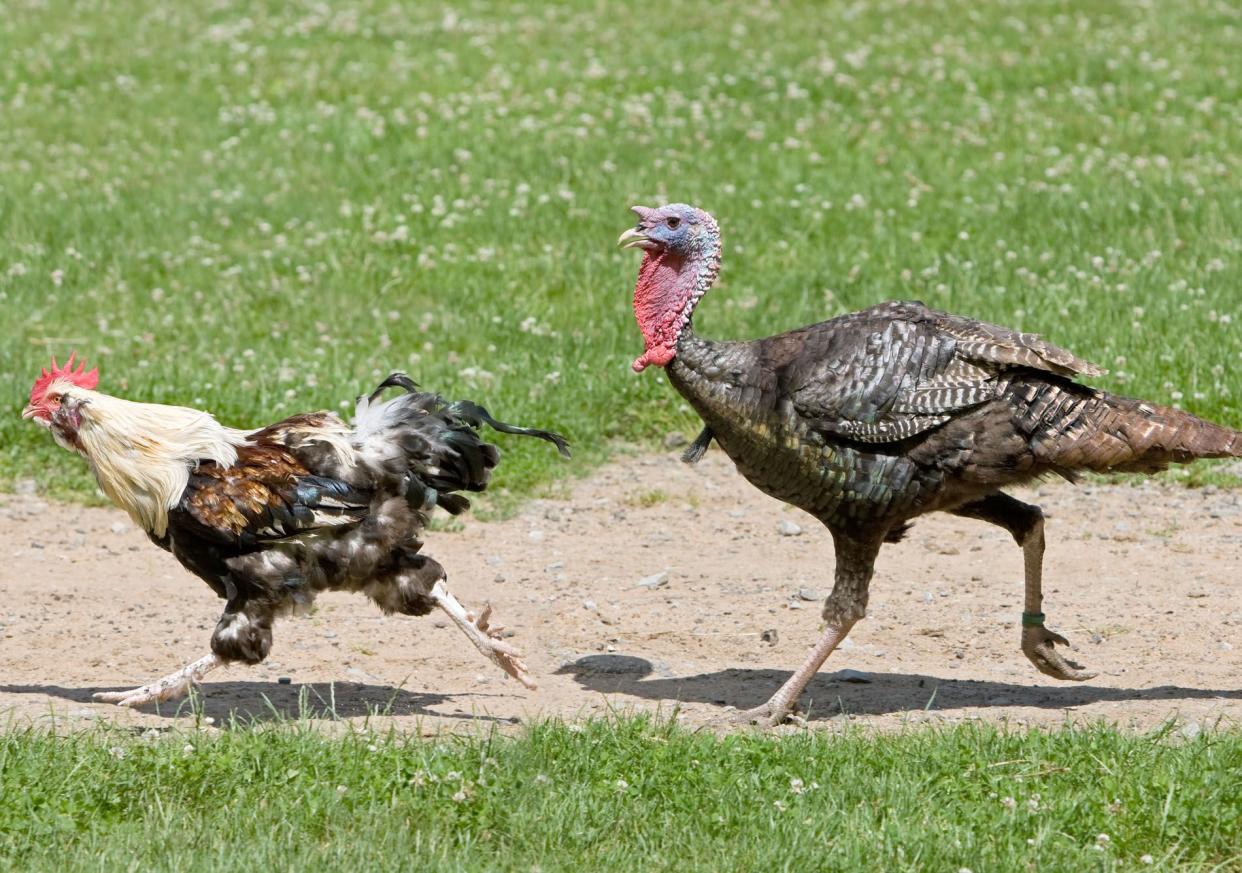
Turkeys Have Nothing to Do With Chickens
There’s a common misconception that turkeys are just overgrown chickens. In fact, the two distinct species are separated by 45 million years of evolution.
For more great trivia stories, please sign up for our free newsletters.
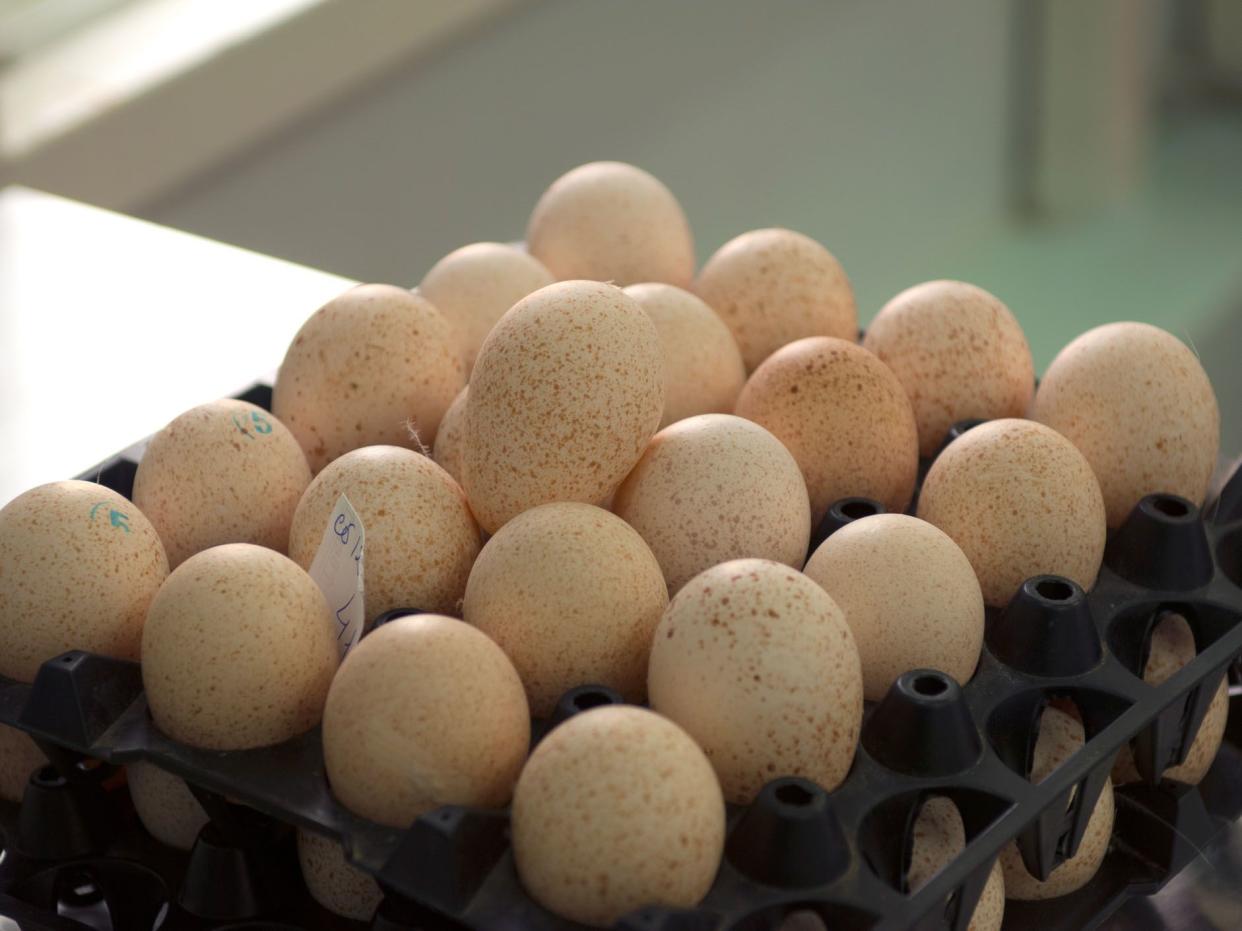
There's a Reason We Don’t Eat Turkey Eggs
Turkeys lay eggs just like chickens, and they’re perfectly edible and comparable to eggs laid by quails and ducks — but chances are good that you’ve never eaten a turkey omelette. The reason? You guessed it: money. Turkeys take up much more space, lay far fewer eggs, and start laying eggs much later than chickens. A turkey egg business simply wouldn't be profitable in comparison.
Recipe: 13 Simple Ways to Cook Eggs
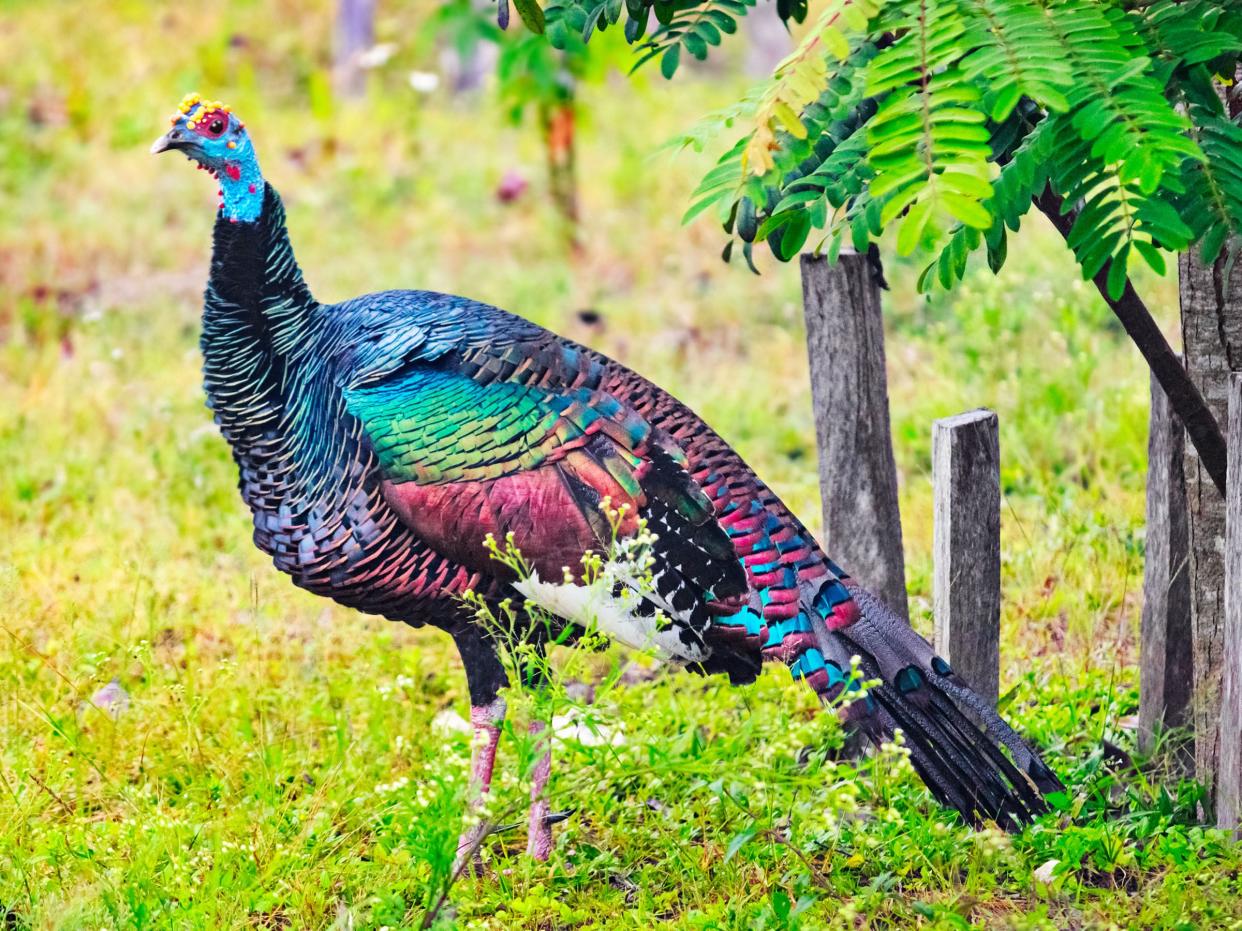
Turkeys Have Gotten Around
All six subspecies of wild turkey are native to North America, but some took a roundabout route. The Aztecs domesticated the south Mexican wild turkey (formally called Meleagris gallopavo gallopavo), which the Spanish brought back with them on their return trips to Europe. Then the Pilgrims brought descendants of those wild turkeys with them on their journey to what would become America.
Related: The True Origins of 19 Classic 'American' Foods
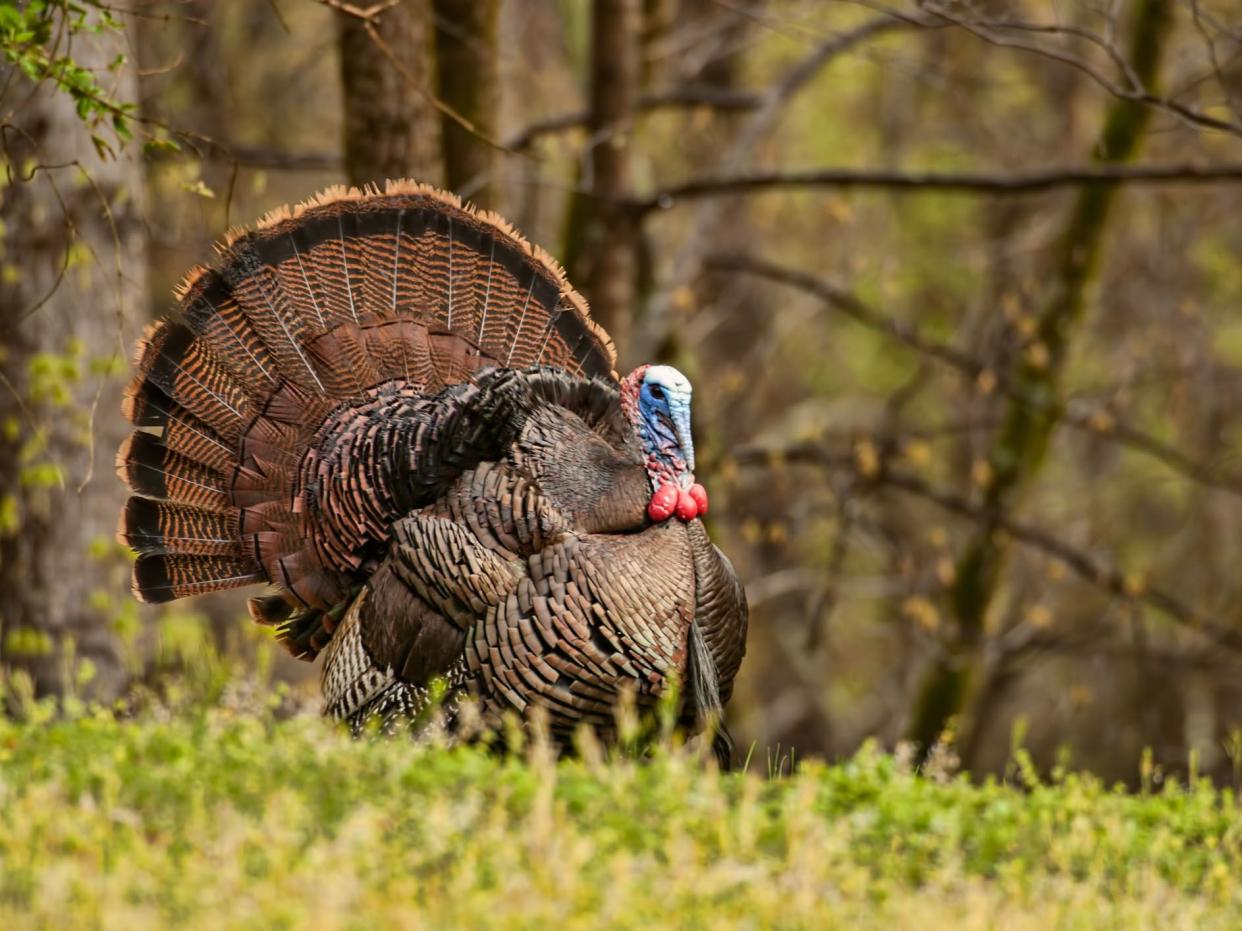
Thanksgiving Turkeys Have a Wild Ancestry
Once they made it stateside, the Pilgrims hunted M. gallopavo silvestris, aka the eastern wild turkey, aka the forest turkey. No matter the name, there are nearly 5 million of them roaming the Eastern U.S. and Canada today, making them the most numerous wild turkey on Earth.
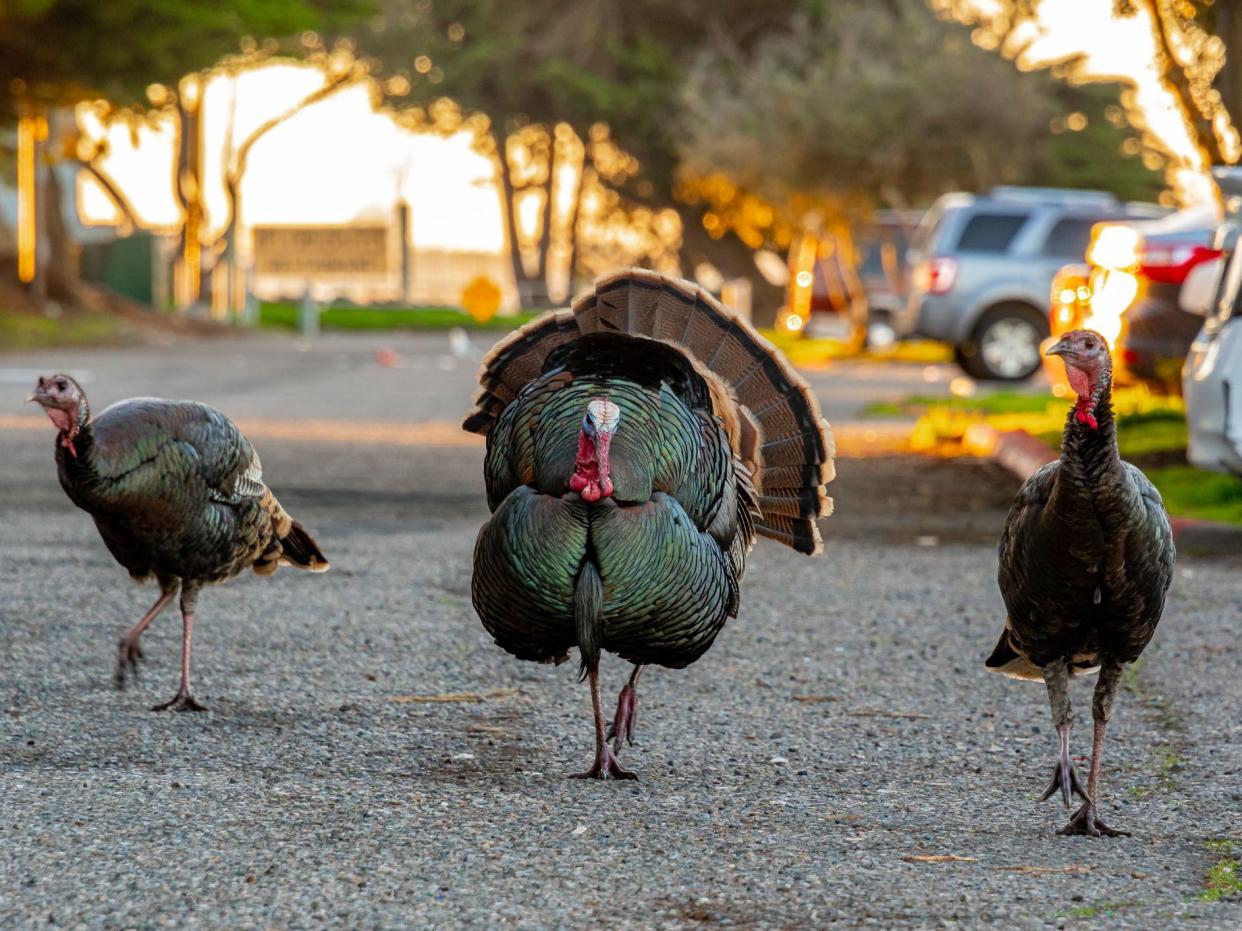
We Almost Ran Out of Turkeys
Today, there are 7 million wild turkeys roaming North America, but a century ago, they were hard to find. Humans almost hunted turkeys to extinction in the early 1900s, but imaginative conservation efforts brought them back from the brink. Thanks to the invention of a cannon-fired net that captured turkeys unharmed for relocation to areas where there were none, the species — and Thanksgiving — endured.
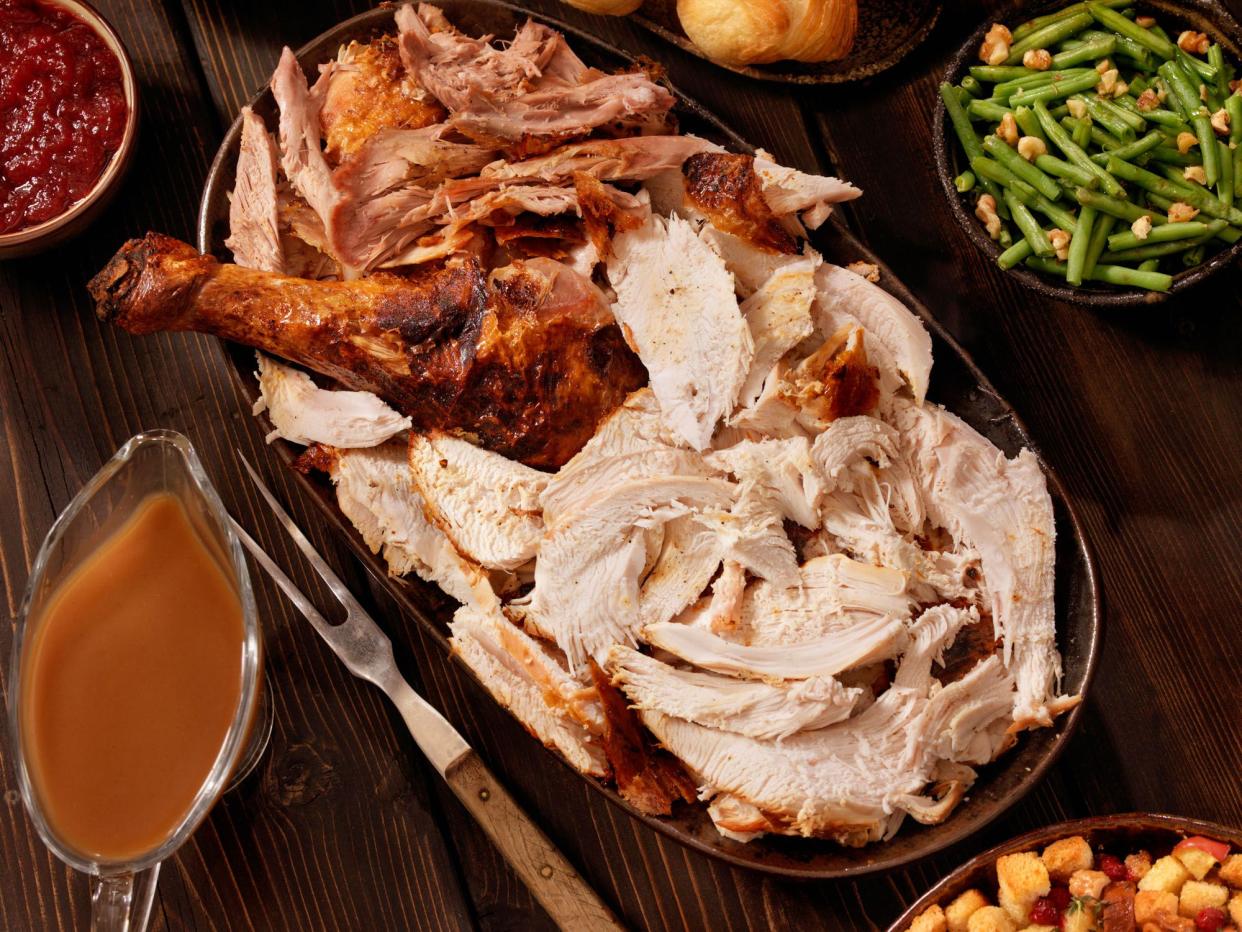
Meat Nicknames Come From 19th Century Modesty
Everyone knows the meaning of white meat and dark meat, but they might not know that those terms emerged in the 1870s as euphemisms for a general public concerned with piety and modesty. Members of proper society, after all, could not be heard requesting legs, breasts, and thighs in mixed company.
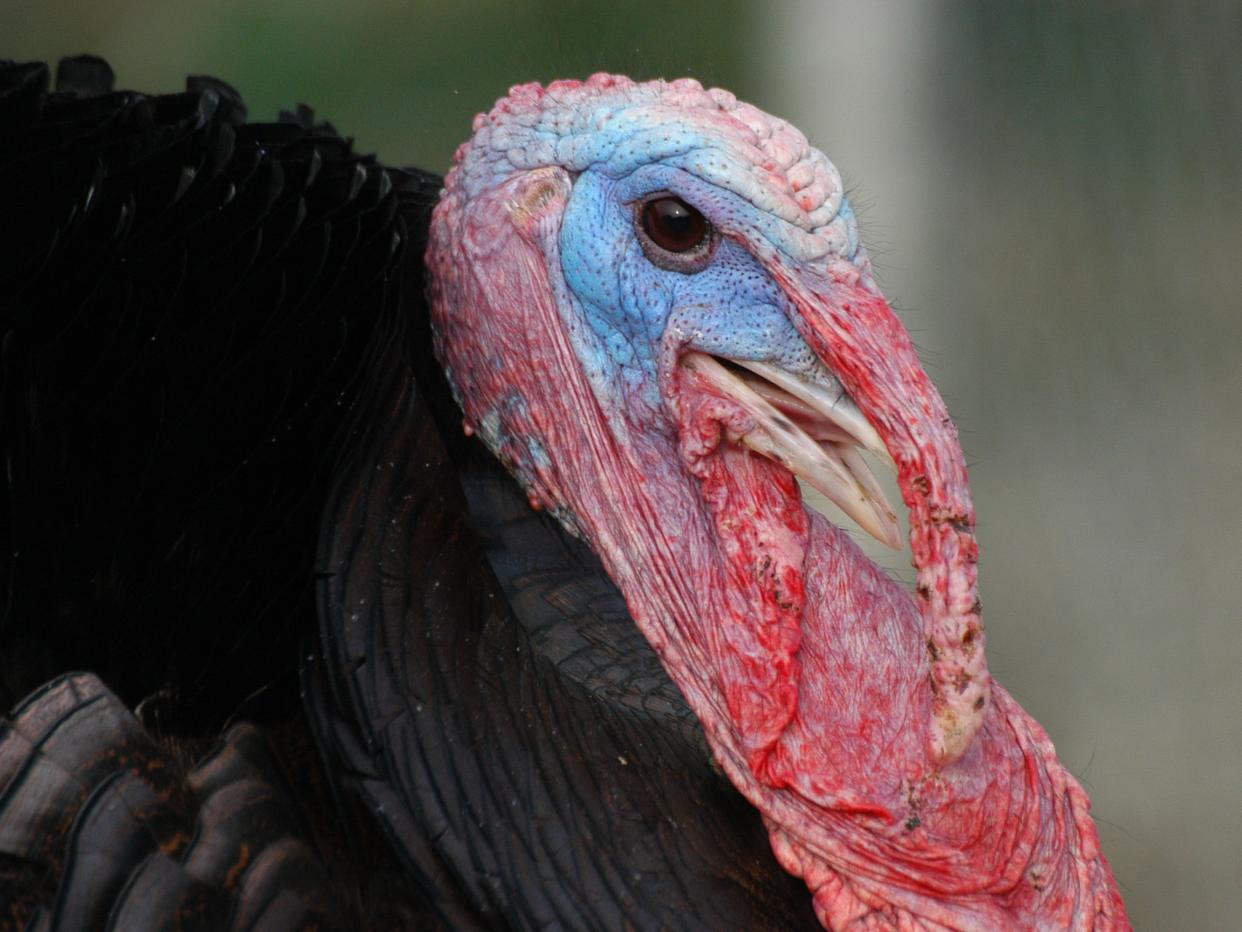
Turkeys Have Unique Voices
The word “gobble” doesn’t just describe what people do to turkeys on Thanksgiving. Male turkeys are called gobblers. That comes from the classic “gobble” sound they make when they’re calling for potential female mates. Just like us, individual turkeys have unique voices other turkeys can tell apart. They each have as many as 20 unique vocalizations.
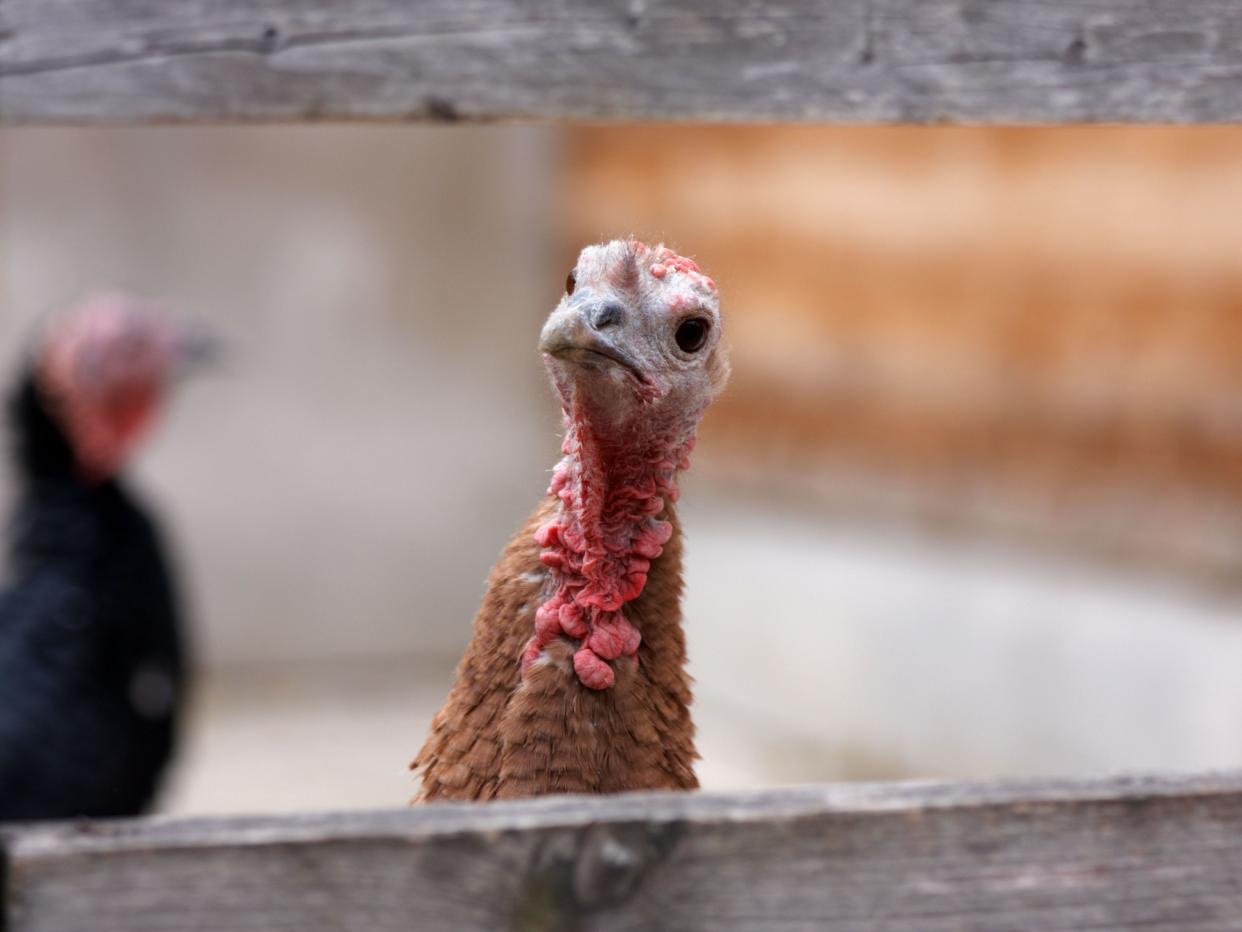
Turkey Droppings Reveal Their Gender
You can tell a lot about a turkey by the droppings it leaves behind. Male turkeys leave droppings shaped like the letter “J.” Their female counterparts leave droppings in a spiral shape — and droppings can clue you into the turkey’s age. Older turkeys leave droppings with a wider diameter.
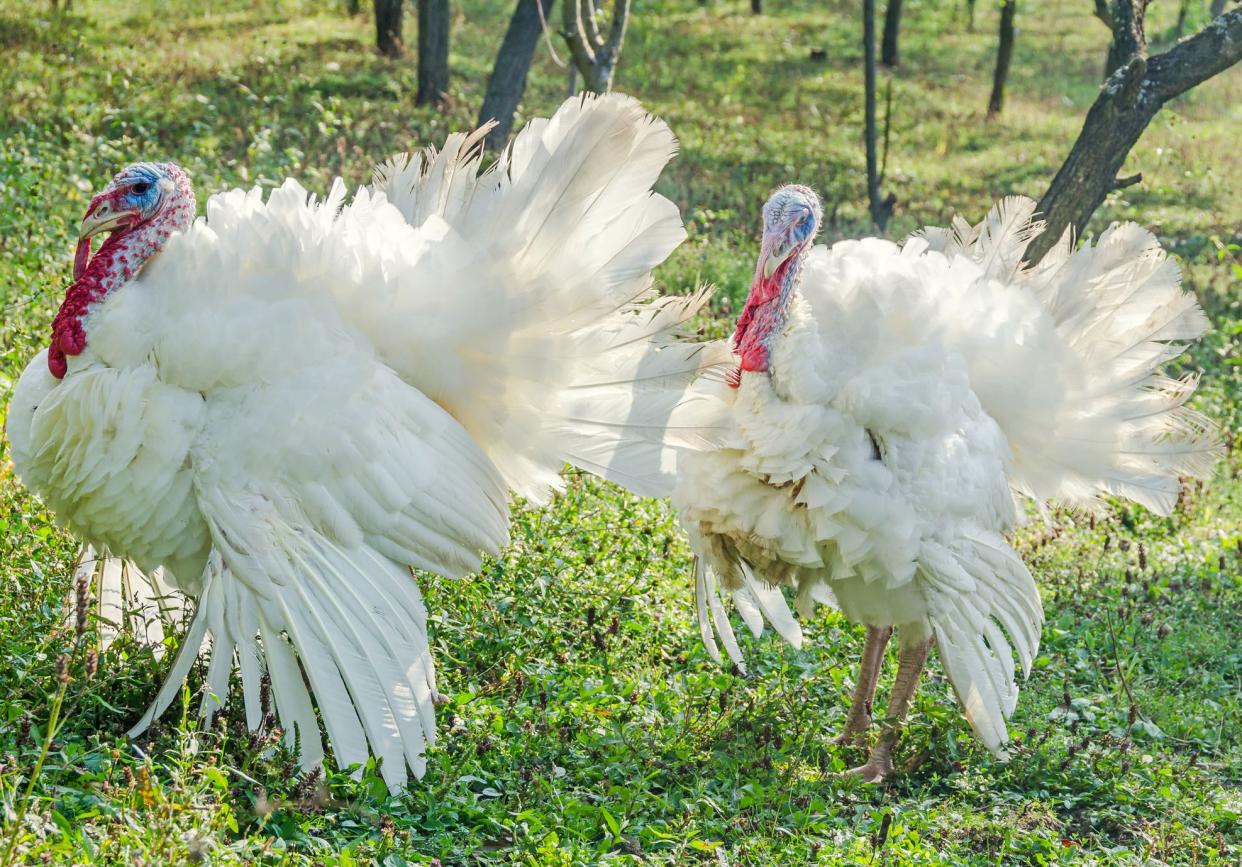
Turkeys Are Fast and Feathery
Adult turkeys are adorned with between 5,000 and 6,000 feathers — and they’re not only for decoration, although much of their plumage is purely aesthetic. Far from slow, clumsy, walking dinners, turkeys can achieve 18 mph on the ground and as much as 50 mph in the air, albeit only in short bursts.

Turkeys Wrap Up Procreation in a Month
Female turkeys, called hens, lay about 10 to 12 eggs at a rate of about one per day for two weeks or so. The eggs incubate for only about 28 days before they hatch and little turkeys emerge. Baby turkeys, known as poults, will dine on insects, seeds, and berries. Older turkeys can manage heartier fare such as acorns and even small lizards.
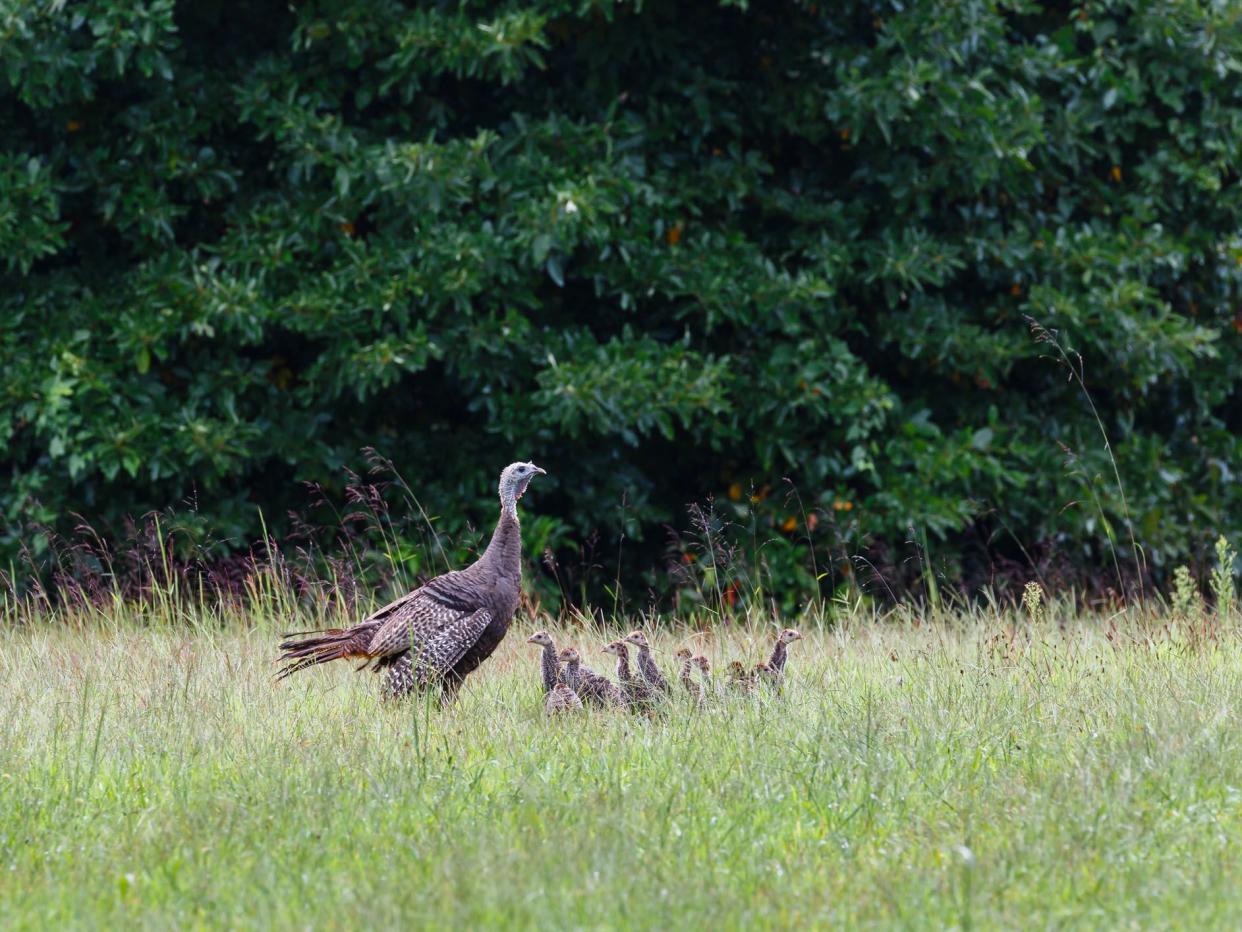
Hens Are Good Mothers
Wild turkeys roost in trees, but poults can’t fly for their first few years of life. The mothers stay with them on the ground until they figure out their wings. Poults flock for a full year with their mothers, who protect them, keep them warm, and teach them the ropes of turkey life.
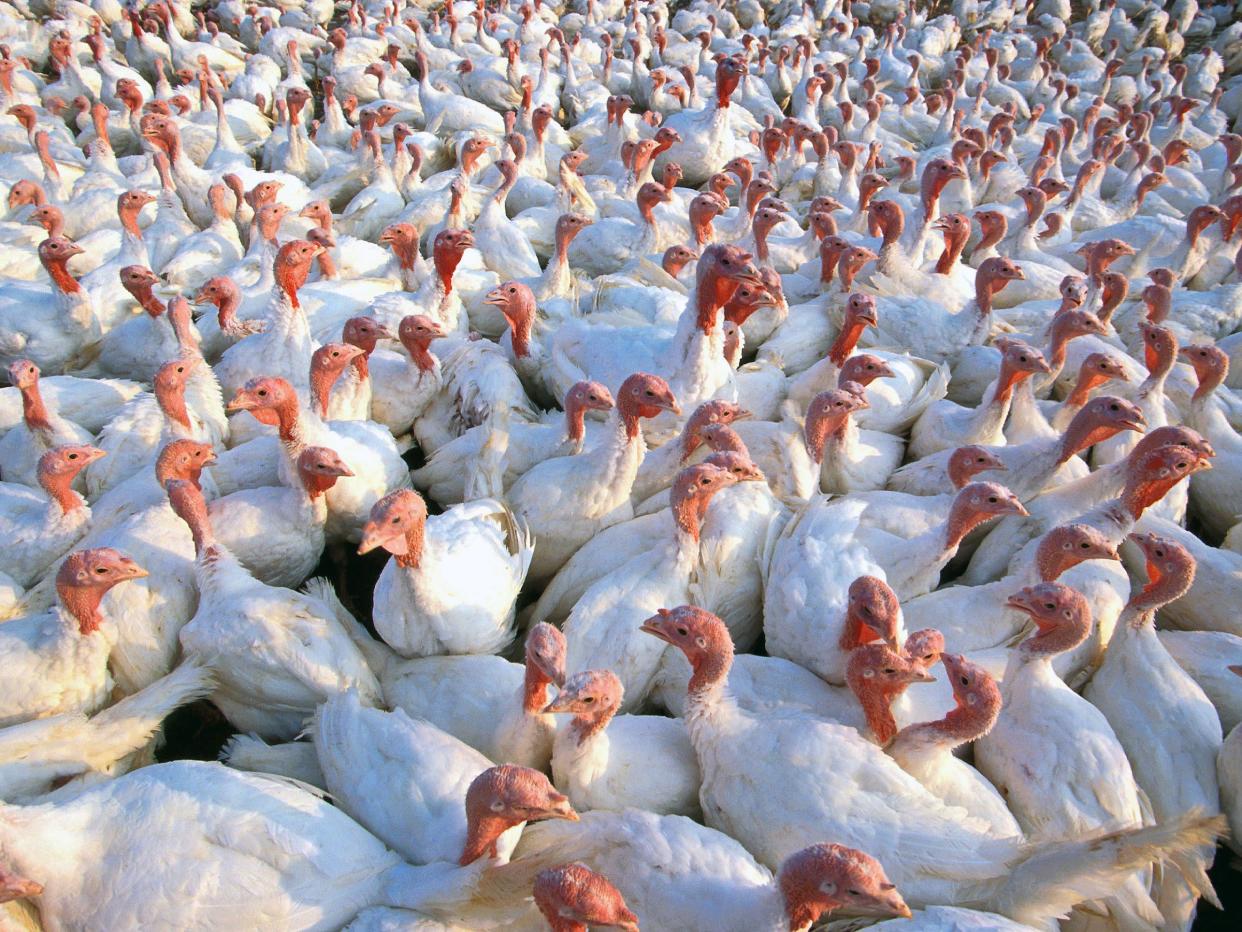
We Eat a Lot of Turkeys … Like, a Lot
Tens of millions of turkeys meet their fate at the hands of hungry Americans each year. This year, we're expected to eat 46 million turkeys on Thanksgiving, which accounts for 88% of the turkeys sold each year. The expected price for all these Thanksgiving birds: $1.28 billion.
